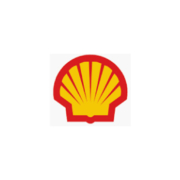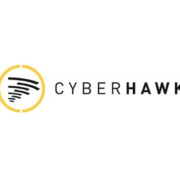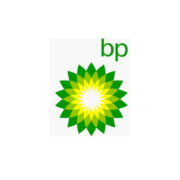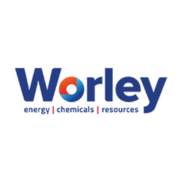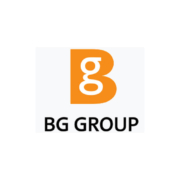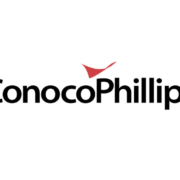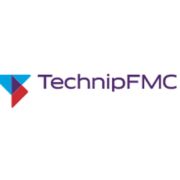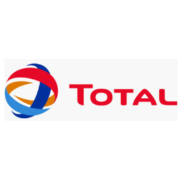Shell – Facility Risk Review
Submitted by Shell
Impact
Reduced occurrence of high-impact surprise events and their associated integrity and reliability impact.
We have implemented this process across our portfolio in 2014 and have witness a significant reduction in the occurrence of the most significant integrity and reliability related events.
Description of Best Practice
We have implemented a process for more pro-active and holistic risk management of technical risks during the Operate phase of the asset lifecycle. The process rigorously prioritises key risks and leads to higher quality integration of technical knowledge and insight into business decision making. The process lends itself particularly well to late-life assets where prioritisation of resources, as well as pro-active management of high impact risks (integrity and reliability) is particularly relevant.
Key components of the process and the associated infrastructure are:
- the role of dedicated risk screener in the asset
- a central database
- a structured process to bring different discipline input together in an efficient way
- an approach to engage staff and leaders in the company to increase awareness, common understanding and skill in risk management
- an approach to engage staff and leaders in the company to increase awareness, common understanding and skill in risk management

